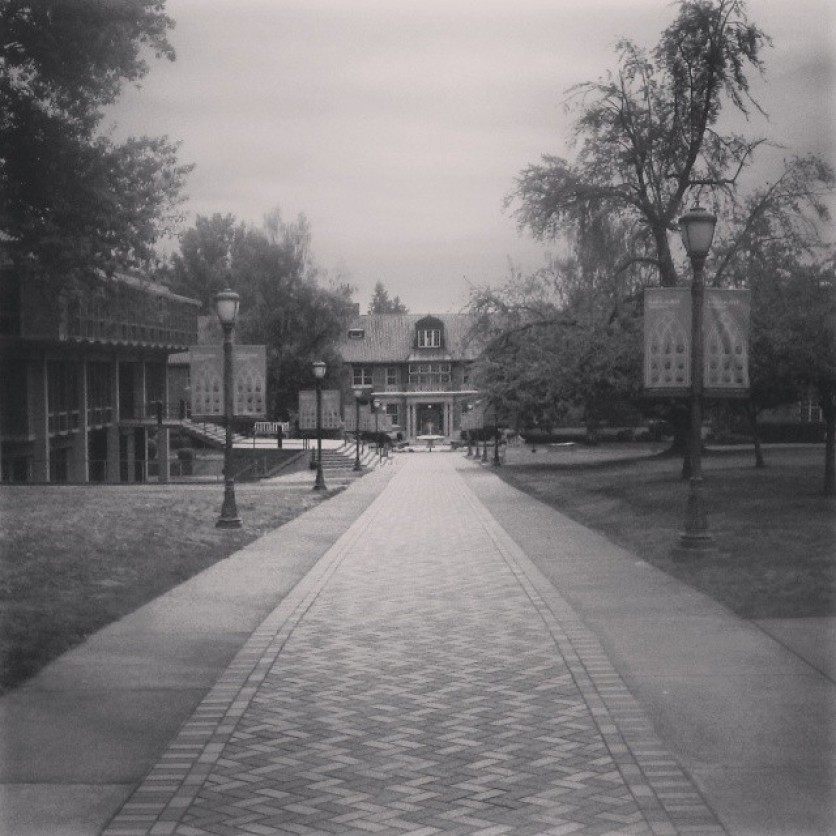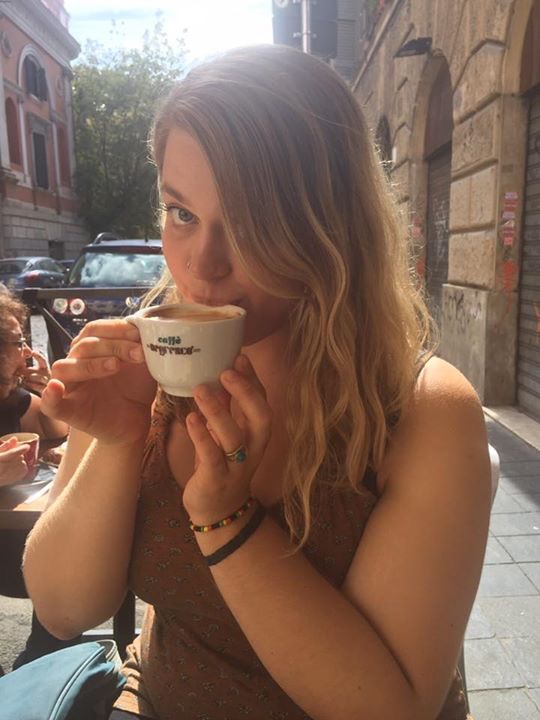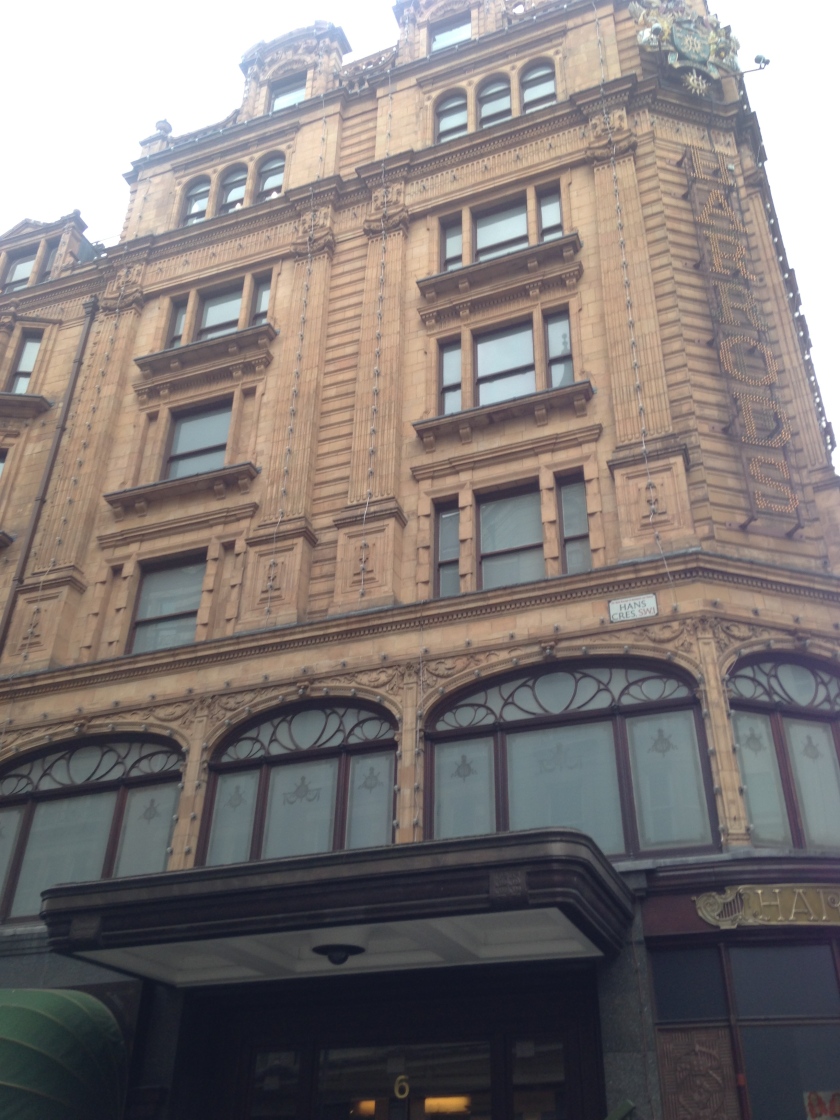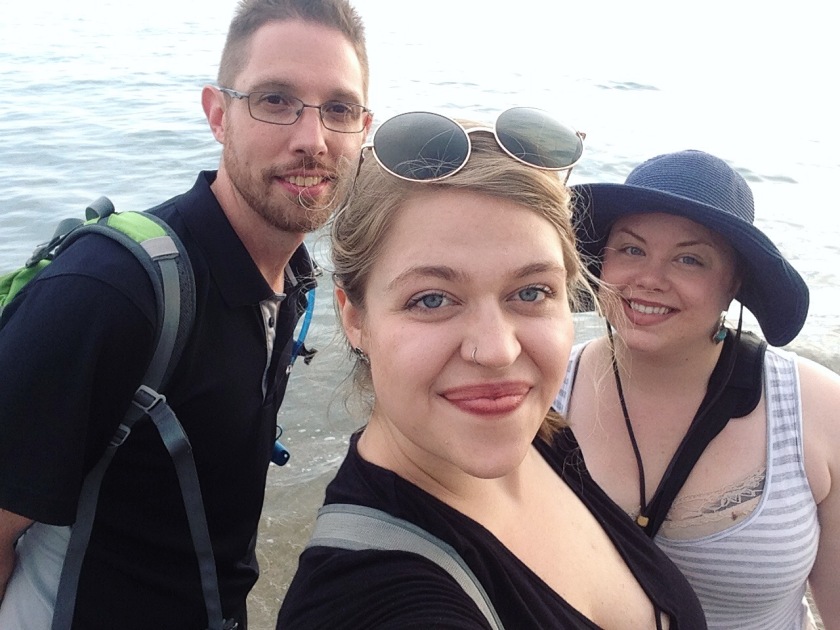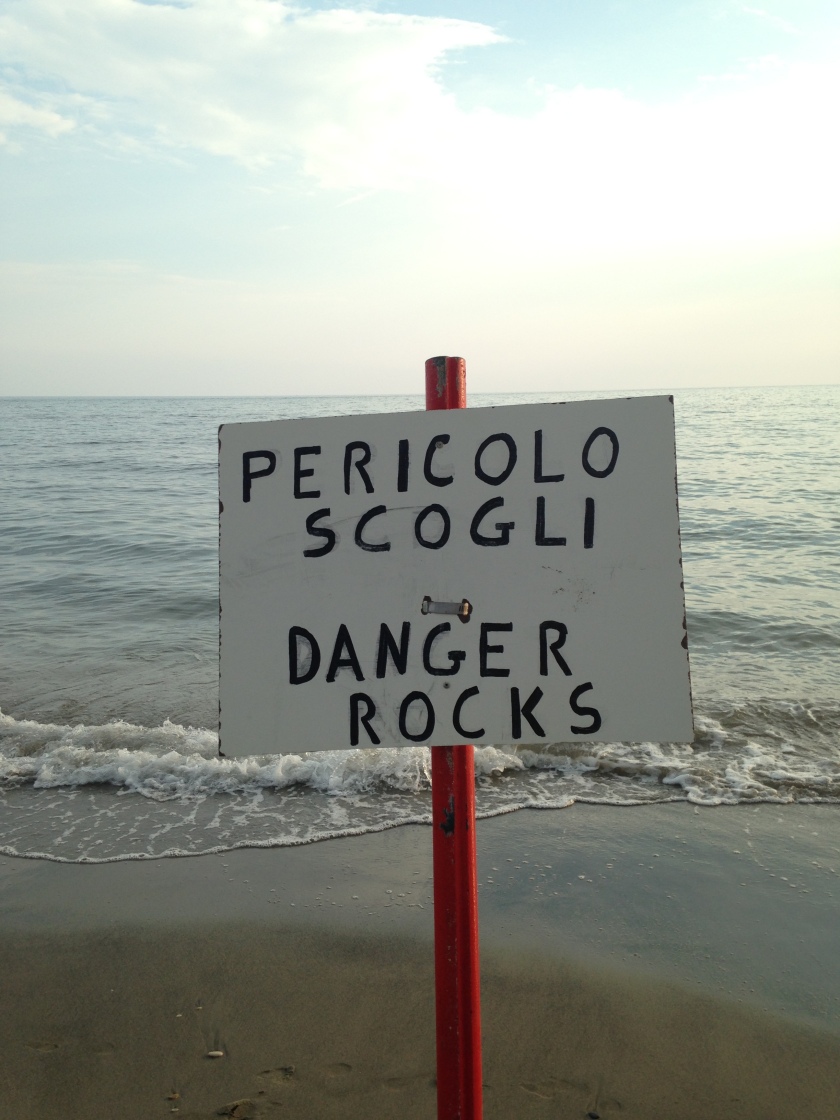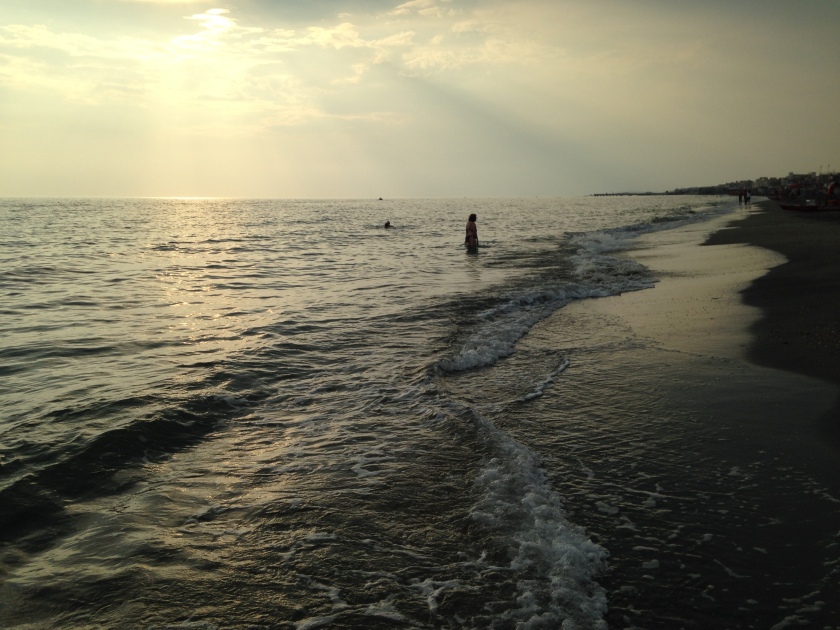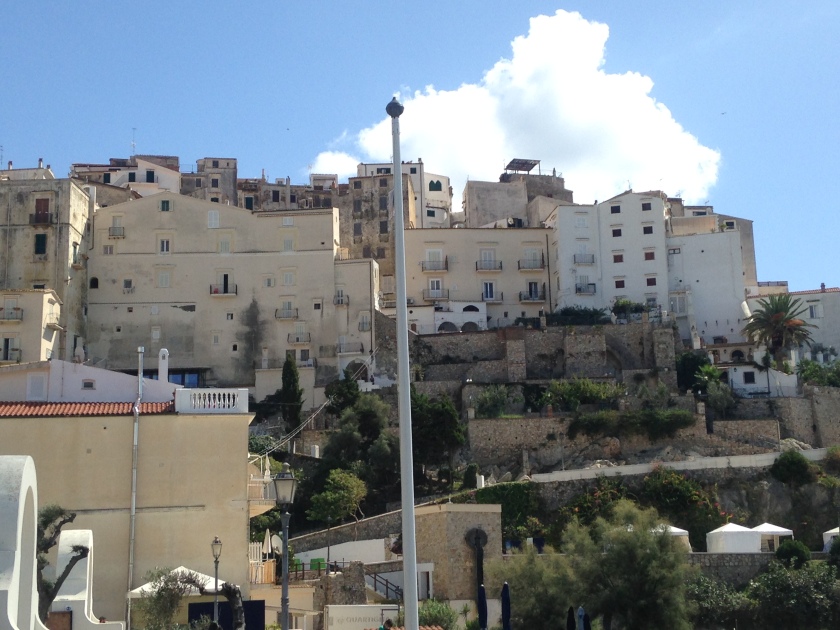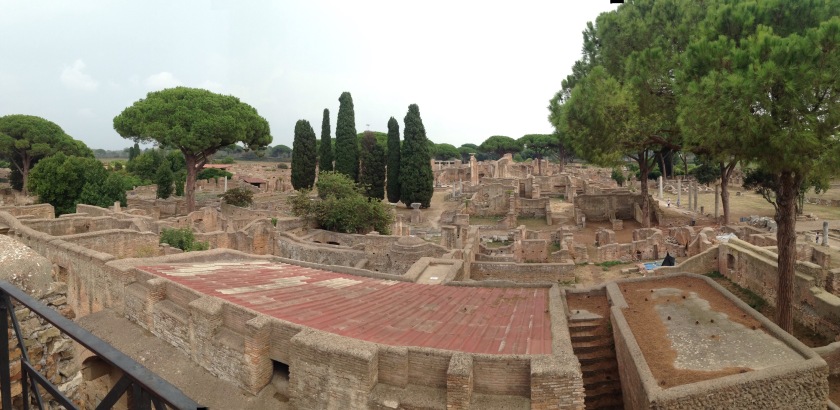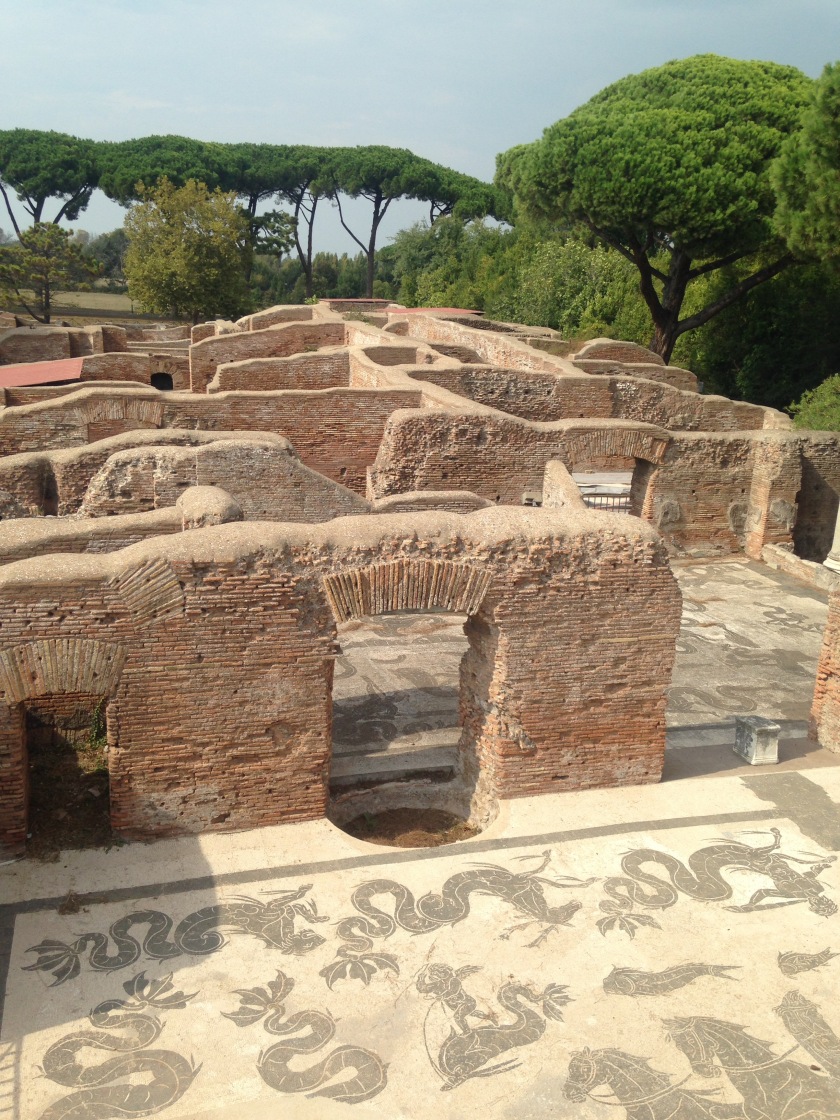When I was thirteen years old my great-grandmother passed. My great grandfather had gone a few years prior. They were the first people close to me to die. Theirs was the most consistent childhood home I remember. Gaudy pink carpet, high wood ceilings. My grandfather a fixture in a blue armchair donning a blue jumpsuit. My grandmother always in the kitchen. I established parts of myself here, toddler-me opening up the cupboards and pulling out pots and wooden spoons, imitating my grandmother’s domestic gifts. I can still see every inch of kitchen tile, the vinyl tablecloth, the window above the sink filtering in garden light. When they died, a young woman bought the house. She put in french doors and tore the carpet out. I have never been back. I feel loss when I think of returning. Maybe I will drive by the outside and look on, but the sense of home will not linger here — this is mine to rebuild elsewhere.
When I was nineteen I stepped onto the Marylhurst University campus for the first time. The old brick made me feel like I was at Hogwarts. This was a self barely emerging: shy and unsure, but steadfast in her love of books and words. In this space I felt the whispers of the sisters pulling me in. I knew, could feel, that so many people, so many women had found their voices here. I stood in the chapel and I read a piece for my community college creative writing class to an audience of MU students and faculty. The support and community floored me. The following year I made this my home.
It’s hard to put into words what the next three years held. I discovered myself again and again: writer, scholar, friend, leader. I read. I devoured everything from graphic novels to contemporary nonfiction to Shakespeare to medieval women writers. I wrote. My voice grew beyond what I thought possible. I met incredible people and created beautiful things with them. I felt more connected to other humans than I have felt before or since. I fell in love here. My heart was broken here. When the old sludge of self-doubt trickled in and ate away at my worth, I sat on a cold stone bench by a statue of the Virgin Mary and cried. I have never prayed to God in my life but I knew that here, she could guide me.
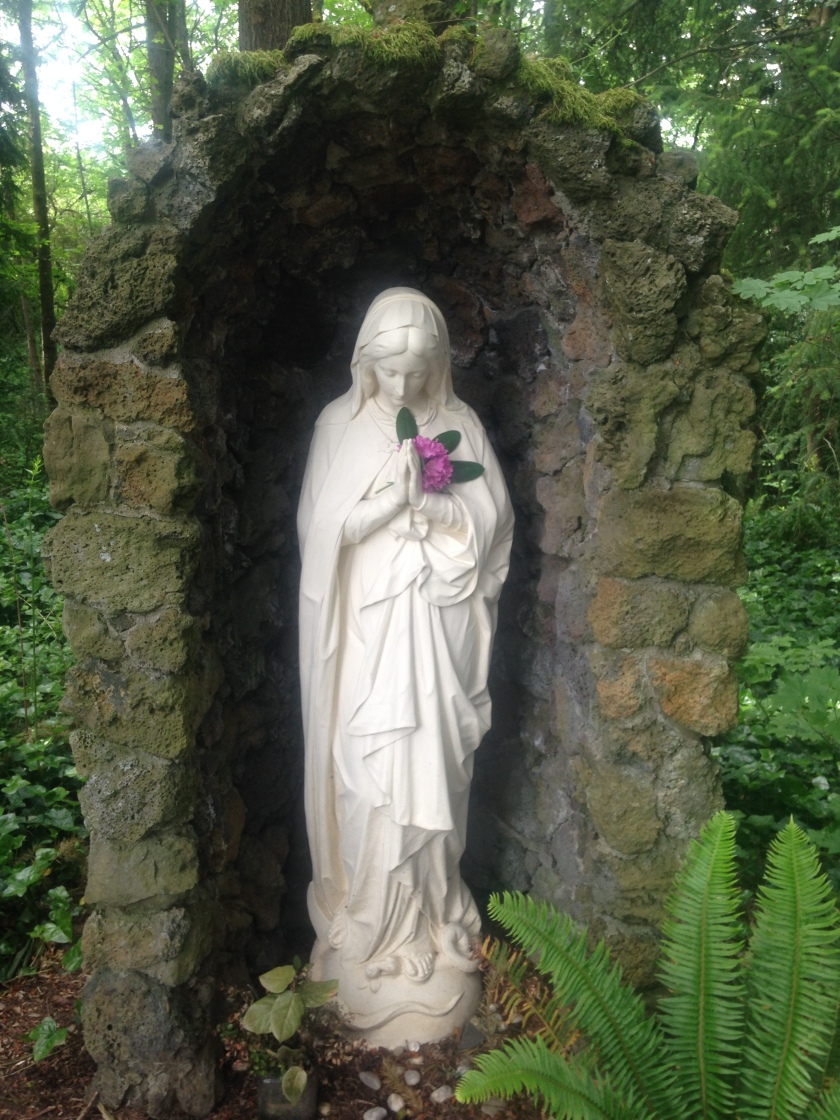
I hold such reverence for this space. I put love and trust into it and it set forth a path for dreams I didn’t know I had. With fellow learners and dreamers and beloved professors, I travelled across the Atlantic. Twice. I wandered the streets of London at night; I swam in the Mediterranean; I laughed and drank wine on a Roman rooftop; I drank from the Roman baths; I saw Van Goghs and Botticellis; I saw the surviving manuscript of Beowulf; I stood where Julius Caesar died; I opened myself up with furocious vulnerability to the most intimate friendships I have had. I saw myself as limitless for the first time.
The second year I was away becoming myself, while we rode trains through lush countryside, my home burned. A fourteen year old made a thoughtless decision, and thousands of acres of the Columbia Gorge turned to ash. Over the phone, my mother described the gray debris blanketing our yard and the asthma attacks my family suffered. I felt so oddly disconnected. Two weeks before I had departed, my boyfriend and I sat atop a hill in the gorge and looked over the river, mountains breathing, trees sure and tall, evidence of life on every plane. In London and Rome, my friends and I took moments of repose when we could, to process and mourn together. My dear professor, always compassionately pragmatic, reminded us there have always been fires, that there will always be fires, and of the regenerative power that fires have on ecosystems. Within a year there would be new growth.
I imagined the days spent in the car with my family, zooming alongside the river and then hiking up to look at the falls. There was a holiness to this symbol of our Oregon landscape. I have not had the heart to return yet. I imagine driving my future children here. I imagine young trees and fresh bursts of green, and how this new beauty will be the only beauty my children will ever know. And though my heart will hurt, this will be enough.
On one of our final days in Rome, we gathered in an old building owned by the University of Washington in the Campo de Fiori. Here, vendors selling bright fruit and cotton dresses clustered under awnings. They shouted at us, pushed samples of sweet neon limoncello on us. Garbage cans overflowed. Yet there was a sense of comfort and home, too. A brooding statue of Giordano Bruno, sixteenth century philosopher who was burned here for his revolutionary ideas, looked over us. We met in our classroom above the campo, and sat at our desks waiting to discuss Goethe’s Italian Journey. Our professor, my friend and mentor, the person who had helped to shape my academic voice and critical thought more than anyone else, walked in. Usually boundlessly energetic, her shoulders slumped. There was a deep tiredness in her. She told us that she had been on the phone all night. The university was denying entrance to the students who had already been admitted to the English department for the coming fall. She did not need to say it: this did not bode well for the future of our department, for the jobs of our beloved faculty, or for the university as a whole. We consoled each other, shed some tears, and above all asked what the fate of our home would be.

In the Campo, under Bruno’s hooded gaze, I felt with my whole body the injustice in denying others who would come after me the opportunity to transform as I had transformed. I felt my own sorrow stacked upon the sorrow of something that could have been so much bigger.
We flew home and hope flared again. The incoming English students were welcomed afterall. Some of them walked away, but many opened themselves to the Marylhurst experience they believed they could create for themselves despite the finicky moves of administration. For nine months these students read broadly, thought deeply, put vulnerable and beautiful truths on paper, and built a flourishing community. A home.
Now they tell us our home is not ours anymore. They are closing their doors. The students are being robbed. This place I have loved so completely is burning. A year ago I walked across the stage at my Marylhurst graduation. Tears tumbled down my cheeks as bagpipers infiltrated the ceremony, and with their surging notes bore us out into the world. My soul was a woman wild and reaching, brimming out of me and looking for her next adventure. Now I am not sure where she has gone. I am not sure of my place in anything. I am losing a part of myself. Many of my friends are losing much more.
I do not know what will emerge from the ashes of this institution. But I know this: I need Marylhurst to be a place we can return to. We who have grown and cried, who have sat among the headstones of the sisters, who have felt the world open up here. I need this to be a place for community and education, support for the unsupported, a place that lifts up unheard voices, a place for justice and equality to be cultivated. I need to be able to bring my someday children here. Imagine I should have a daughter. Imagine her asking me, Mama, where did your resilience, or empathy, or courage come from? Her unspoken question, Will I find these things in myself? Imagine if I could show her. Imagine my anguish if I could not. To those who have made this closure a reality: now is the time to listen. To the sisters who gave us everything: listen. Our hands are ready to help. We want to rebuild from rubble. We know it will not be the same. But we need it to be something.
